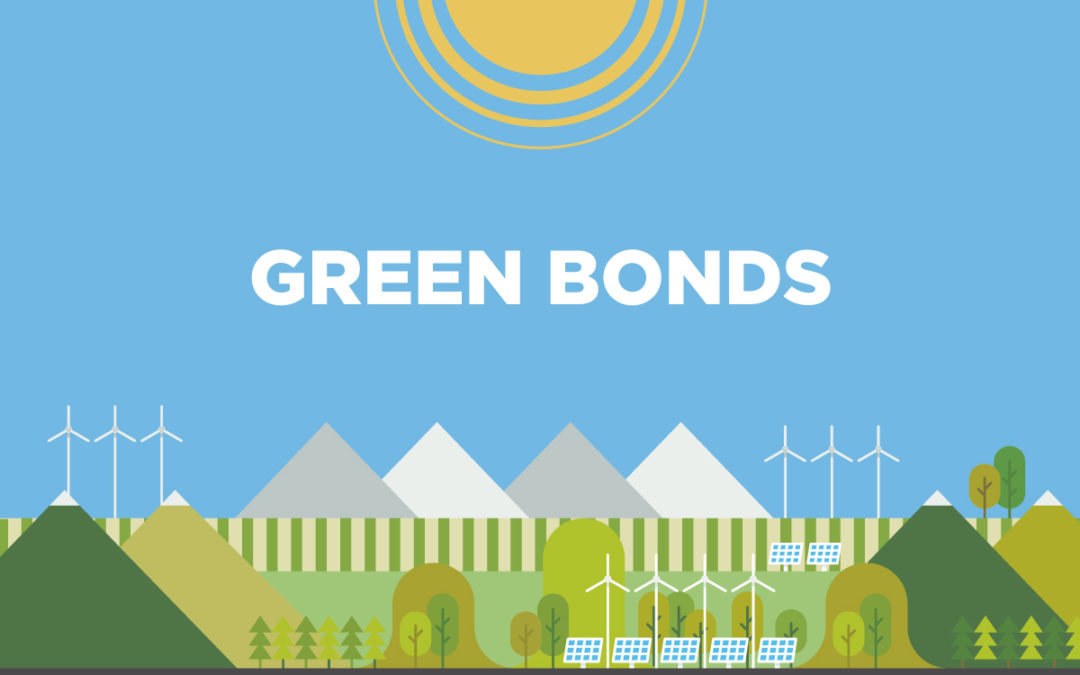In 2007 and 2008 we saw the first-ever issuance of green bonds. Spearheading the move – and strangely unbeknownst of each other’s efforts – were 2 different institutions: the European Investment Commission, and the World Bank. The idea seemed great; the timing, on the other hand, was not. Soon after, global markets would crash in what would soon become the most severe financial crisis since the 1930s.
Despite the growing concerns about climate change, pollution and other environmental issues, green bonds remained a footnote – if anything – at most investor’s agendas. Back then, this was understandable; with dozens of countries entering recession, damage control trumped financial innovation without even breaking a sweat.
But later on, after the worst of the crisis had come to an end, a couple of incidents related to issuers from the carbon and oil & gas industries raised some important questions about the gravitas of the green bond market.
Would highly-polluting companies be using green bonds to whitewash the impact of their activities? And, if successful – would the green bonds allow for a broader continuity of such practices? A decision had to be made regarding the labeling of these bonds: either stricter rules would for a healthier, long-term green bond market, or loosened-up rules for a short-term charade of what real sustainable investments are supposed to be like.
In a surprising twist of fate, the markets seem to be betting on the first alternative.
Horses vs Cars, Revisited
Up until the last decade of the 19th century, horses played a fundamental part in the functioning of cities across the globe. Millions of horses were used for freight, public and private transportation, and emergency response services. In the early years of the motorized car, majorities thought of the horse as an irreplaceable cog in the modern city and saw investments deriving from its use as safe. As you can realize, the rest is history.
Something similar may be happening with green bonds. Once perceived as a curiosity coming out of pre-crisis markets, green bonds are getting renovated attention from all sorts of investors and issuers – perhaps a consequence of the wider, louder conversations about sustainability and the future of the planet.
Sean Kidney, CEO of the Climate Bonds Initiative, says that global issuance of green debt could reach 350 billion in 2020 – more than double the amount that was issued just a couple of years ago. And even so, this would represent just a fractional amount of total current bond issuances, not to mention other investments as a whole.
The Tipping Point
While tougher standards for green bond issuance certainly help the long-term case for these type of investments, massive spikes in demand will remain unlikely unless the pricing systems of social and environmental factors change. Hard data can be ruled out as an agent of disruption here; while certainly necessary, it’s been available for years, and little has changed.
In any case, the demand for green bonds (and greener practices) will only be possible by a change in the perception of the value we assign to things like air, water and soil quality, and pollution levels, and the environment – or in other words, to human and animal life.
Would you invest in green bonds? What are your reasons for doing so?





Recent Comments